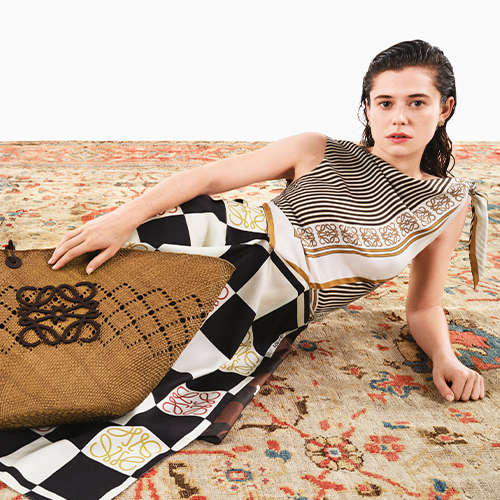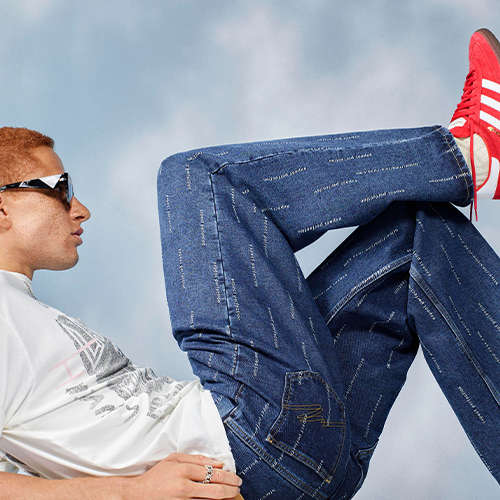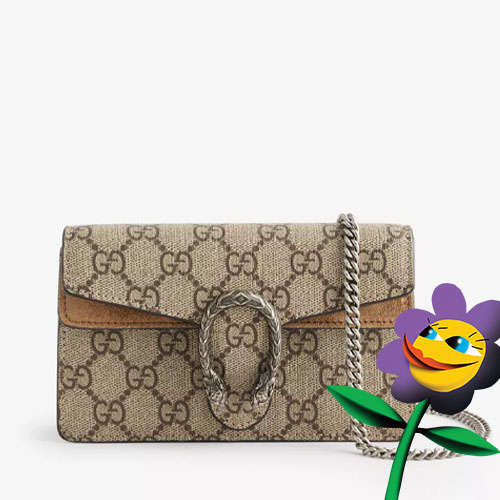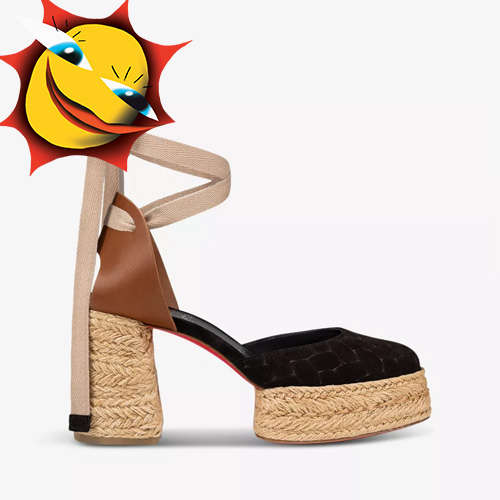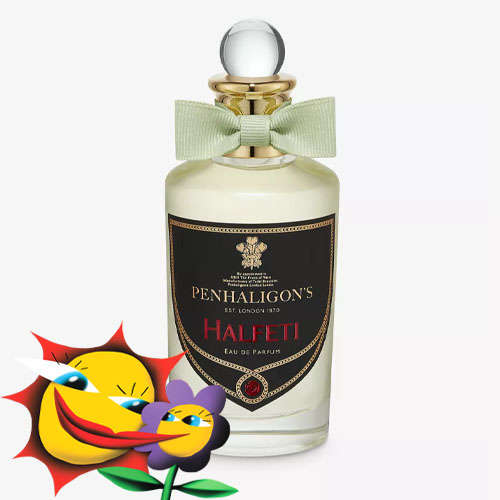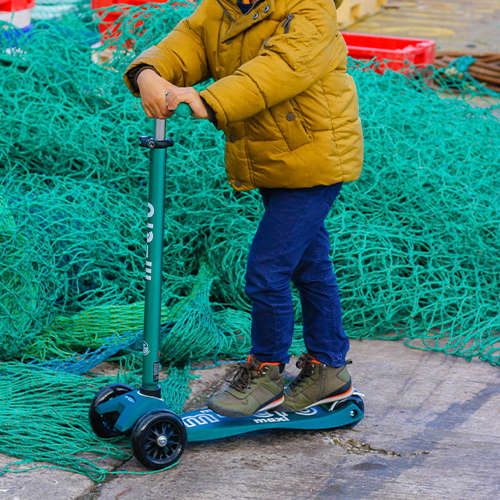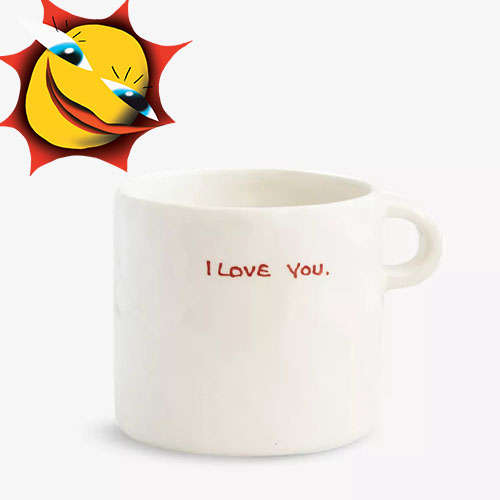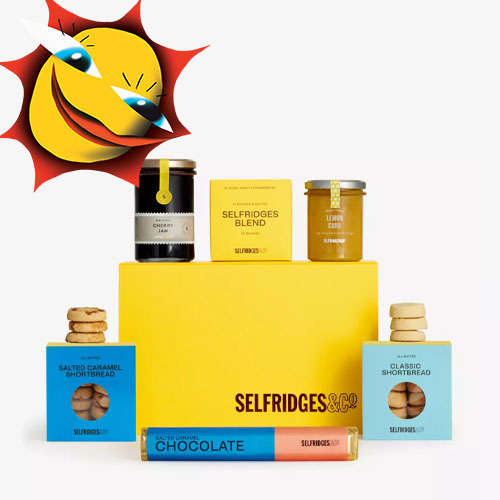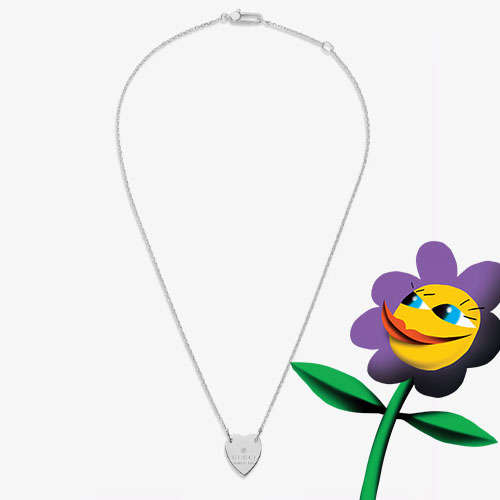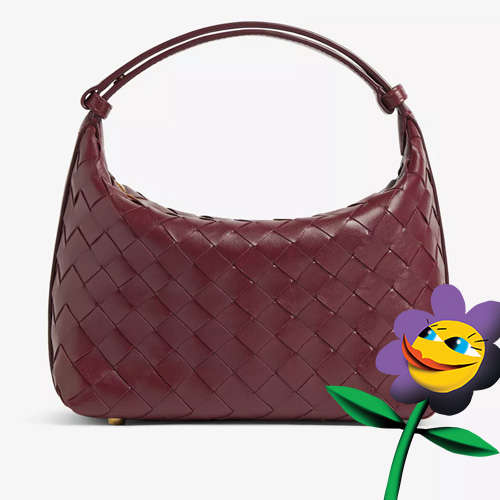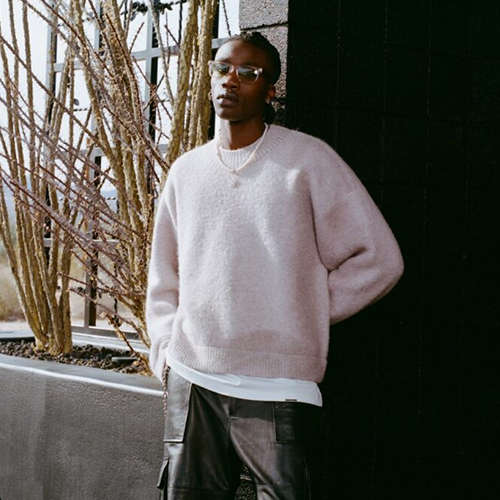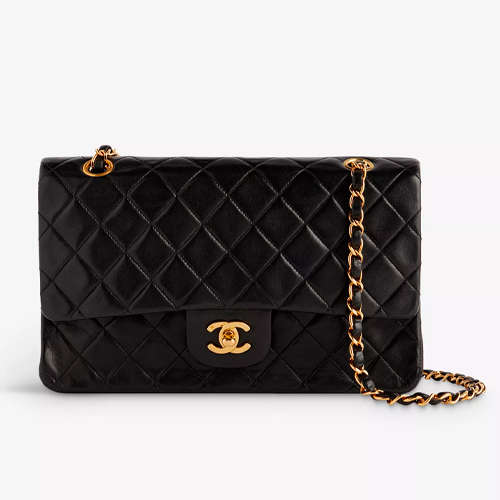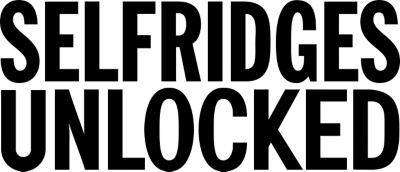- Australia / AUD $
- Canada / CAD $
- China / CNY ¥
- France / EUR €
- Germany / EUR €
- Hong Kong SAR China / HKD $
- Ireland / EUR €
- Italy / EUR €
- Japan / YEN ¥
- Kuwait / USD $
- Macao SAR China / HKD $
- Netherlands / EUR €
- Qatar / USD $
- Saudi Arabia / USD $
- Singapore / SGD $
- South Korea / KRW ₩
- Spain / EUR €
- Taiwan / TWD $
- United Arab Emirates / USD $
- United Kingdom / GBP £
- United States / USD $
- Not yours? Read more
Tell us what you think
Shop in your local currency and language
You are currently in United States US / USD $ store
- English
- English
- English
- English
- English
- English
- English
- English
- English
- English
- English
- English
- English
- English
- English
- English
- English
- English
- English
- English
- English
Did you know that we deliver to 130 countries or regions and offer a range of delivery options to suit you wherever you are in the world? Find out more
Sign up once to our Selfridges+ service and you can enjoy unlimited deliveries wherever you are in the world. FIND OUT MORE
International delivery
With almost everything on selfridges.com available for International Delivery, you can send your order to 130 countries or regions around the world, including North America, Australia, the Middle East and China.
Although we only offer 20 currencies to browse in online, you can still deliver to all of the following countries or regions:
- Algeria
- Andorra
- Antigua and Barbuda
- Aruba
- Australia
- Austria
- Azerbaijan
- Bahrain
- Bangladesh
- Barbados
- Belarus
- Belgium
- Belize
- Bermuda
- Bolivia
- Botswana
- Brunei
- Bulgaria
- Cambodia
- Canada
- Cayman Islands
- Chile
- China
- Colombia
- Costa Rica
- Croatia
- Cyprus
- Czech Republic
- Denmark
- Dominica
- Dominican Republic
- Ecuador
- Egypt
- El Salvador
- Estonia
- Finland
- France
- French Guiana
- Germany
- Gibraltar
- Greece
- Grenada
- Guadeloupe
- Guatemala
- Guernsey
- Guyana
- Honduras
- Hong Kong
- Hungary
- Iceland
- India
- Indonesia
- Ireland
- Israel
- Italy
- Jamaica
- Japan
- Jersey
- Jordan
- Kazakhstan
- Kenya
- Kuwait
- Laos
- Latvia
- Lebanon
- Lesotho
- Liechtenstein
- Lithuania
- Luxembourg
- Macau
- Malaysia
- Maldives
- Malta
- Martinique
- Mayotte
- Mexico
- Monaco
- Montserrat
- Morocco
- Myanmar
- Namibia
- Netherlands
- New Zealand
- Nicaragua
- Nigeria
- Norway
- Oman
- Pakistan
- Panama
- Paraguay
- Peru
- Philippines
- Poland
- Portugal
- Puerto Rico
- Qatar
- Reunion
- Romania
- Rwanda
- Saint Kitts and Nevis
- Saint Lucia
- Saint Martin (French part)
- San Marino
- Saudi Arabia
- Serbia
- Singapore
- Slovakia
- Slovenia
- South Africa
- South Korea
- Spain
- Sri Lanka
- Suriname
- Swaziland
- Sweden
- Switzerland
- Taiwan
- Tanzania
- Thailand
- Trinidad and Tobago
- Turkey
- Uganda
- Ukraine
- United Arab Emirates
- United Kingdom
- United States
- Uruguay
- Venezuela
- Vietnam
THE TEA
Nick spills the tea on his most memorable celebrity encounters
Is the old adage true that ‘you should never meet your heroes’?
Luckily, that hasn’t been my experience. I was working on an oral history of the life of Robert Mapplethorpe, and one of the people I interviewed for it was the author and Vanity Fair correspondent Dominick Dunne. I met him at his apartment, which was covered with ephemera – portraits of him by Annie Leibovitz, letters written to him from Princess Diana. I’d always wanted to be him and he couldn’t have been nicer. And he was a great gossip. He died shortly after we met, and I feel so lucky to have been able to spend that afternoon with him.
Describe your most awkward celebrity moment.
I once interviewed Sean Combs. We were sat next to other at a mixing board while he played a few songs. At one point, he asked me if I liked the music. I said, “Yes, of course, uh, Sean… Mr. Combs… Diddy… Daddy?” And then he responded, “How do I know you like it if you’re not dancing?” So, then, for the rest of our time together, I kind of lurched self-consciously back and forth to the beat.
How has celebrity culture evolved over your career? Is it better or worse now?
Even in my relatively short time as a journalist, I’ve watched as the power dynamic has shifted between publications and publicists. There are now so many ways for a celebrity to interact with their fans, that they don’t need magazines the way they once did. It’s now the job of journalists and editors to figure out how to cover famous people without regurgitating press releases. I remember feeling like the tide had shifted when, in an elevator on my way up to Nicki Minaj’s hotel room, her publicist said to me, “Don’t ask if she’s had butt implants.” It had never even occurred to me to ask about her butt, and yet, because of that brief exchange, it became the opening line in my story.

Nick at a Thom Browne fitting with Kelly Connor and Matthew Foley
People always ask who you’d invite to your dream dinner party…we want to know about a dinner party you can’t forget!
I went to a dinner for Megan Thee Stallion not long ago, and they sat me next to her. She was lovely to begin with, but got even lovelier when, early in the dinner, she started pouring Cognac, straight from the bottle, down everyone’s throats. She calls it ‘driving the boat’.
…But who would you invite to your dream dinner party?
I know this sounds like a line, but I approach each issue of Interview like a dinner party: who is the intellect? Who is the eye candy? Who is the funny one? Take, for instance, last year’s summer issue: Rihanna was in there, as was Courtney Love, Thierry Mugler, Tippi Hedren, Harmony Korine, Bad Bunny, Rosalia, Pee-wee Herman, and Pamela Anderson’s two hot sons. I would pay good money to sit at that table.
Who are your favorite designers/brands to wear day-to-day?
As far as favorite designers go, I’m a walking Thom Browne advertisement. I love how powerful and put-together I feel in Thom’s clothes. I stand taller in them. My boyfriend loves colourful, irreverent designers such as Henrik Vibskov, Bernhard Willhelm and Walter van Beirendonck, and that’s definitely rubbed off on me.
What’s your most standout fashion week story?
I was there when Jennifer Lopez closed the Versace show in Milan wearing a version of the famous green gown she wore to the Grammys in 2000. I remember standing next to Carine Roitfeld and we were all cheering and clapping. It was a rare display of giddy enthusiasm from a crowd whose go-to expression is sometimes a scowl.
Biggest fashion flop?
Don’t ask me to explain it, but there was an ill-advised and short-lived attempt to make the bow tie my sartorial calling card.
I know this sounds like a line, but I approach each issue of Interview like a dinner party. Who is the intellect? Who is the eye candy? Who is the funny one?

Nick and Christina Ricci, shot by Yu Tsai for BlackBook magazine
What words come to mind when you think of Selfridges?
I have such an affinity for Selfridges. Not just because of what you sell – although that is great – but also because of your interest in sustainability. I’m always ready to support a business that knows the value of both a Rick Owens coat and protecting our oceans against plastic pollution. But there’s another reason you’ll always have a place in my heart. I grew up obsessed with Christina Ricci and her movies, and everyone knew it. In high school, I worked at an Irish pub where I befriended this girl who had been close to a guy who also loved Christina Ricci. This girl used to work at Selfridges and one day Christina had come into the shop, and the girl used the opportunity to ask for her autograph, for her friend. Well, that friendship ended before she could give him the note, so I inherited – and subsequently framed – a Selfridges receipt, on the back of which was written, “Dear Chris, Happy Birthday. Love, Christina Ricci.”
How do you see the fashion landscape changing post COVID-19?
I don’t think anyone knows, and that’s what’s interesting to me. Just as we at Interview are being challenged to rethink how we tell stories, and how we share them with our readers, fashion companies everywhere are being forced to look at how they make clothes and how they get them into the hands of consumers. Limitation often gives birth to innovation, so maybe out of this chaos and catastrophe can come something good. At least that’s my hope.
And finally: more extraordinary moments from Nick’s camera roll...

Clockwise from top left: Maisie Williams with Thom Browne and team / A T-shirt inspired by one of Nick's old articles / Nick and Ladyfag at a Telfar fashion show / Nick at his first Interview magazine party as the new editor / Joan Collins at the Interview magazine 50th anniversary party / Inset: Kim Kardashian and North West at an Interview shoot / Nick with Felicity Jones and Mackenzie Davis / Nick and Courtney Love at Fashion Week.

